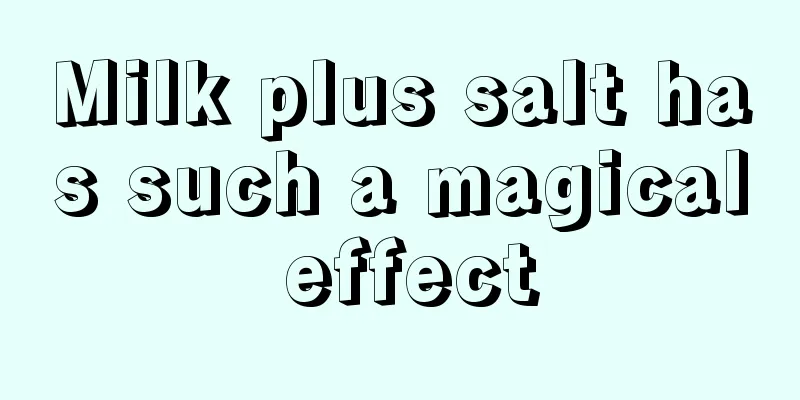What are the early symptoms of medullary thyroid cancer? How to treat medullary thyroid cancer

|
Modern people are under great pressure in life, coupled with the sudden deterioration of the environment and the influence of bad living habits, which have led to the occurrence of many diseases. Medullary thyroid cancer is a relatively complex disease. In fact, there are still many clinical symptoms of medullary thyroid cancer. As long as you observe your body carefully and treat it early, you can control the disease well. Early symptoms of medullary thyroid cancer: 1. Unilateral or bilateral thyroid masses: SMTC often presents as a single thyroid tumor; hereditary MTC often presents as bilateral thyroid multicentric tumors; 2. Difficulty breathing and swallowing: caused by a large mass compressing the trachea and esophagus; 3. Lateral neck mass: This is an enlarged regional metastatic lymph node. Common metastatic sites include the central neck group and lateral lymph nodes. In MTC patients where clinicians can touch the mass, the lymph node metastasis rate is above 75%; 4. Hoarseness: caused by tumor invading the recurrent laryngeal nerve; 5. Hand and foot convulsions are caused by calcitonin causing a decrease in blood calcium; 6. Carcinoid syndrome, such as facial flushing, palpitations, diarrhea, and weight loss: It is common in patients with extensive liver metastasis and is caused by various peptides and peptide hormones secreted by tumor cells; 7. Liver, lung, and bone metastasis: The tumor invades blood vessels and causes distant metastasis. Up to 15% of patients have distant metastasis, which is the main cause of death in MTC patients. Causes 1. The main cause of MTC is RET oncogene mutation; 2. About 95% of hereditary MTC and 70% of sporadic MTC are caused by mutations in the RET oncogene located at 10q11.2. Pathogenesis 1. The main pathogenesis is that RET proto-oncogene mutation leads to changes in the conformation of proteins in the inner and outer regions of thyroid C cells, which in turn induces excessive cell proliferation and carcinogenesis; 2. The RET proto-oncogene is located on the long arm of chromosome 10, contains 21 exons, and encodes a transmembrane protein belonging to the tyrosine kinase receptor superfamily; 3. Currently, more than 20 RET gene mutation sites related to MTC have been found. These mutations can lead to changes in the protein conformation of the extracellular and intracellular regions, respectively. Such conformational changes can enhance the transformation ability of RET, stimulate tyrosine kinase autophosphorylation, and induce excessive cell proliferation and lead to carcinogenesis. |
>>: What is cystic change of thyroid adenoma? How to treat cystic change of thyroid adenoma
Recommend
The difference between tear trough eye bags
Tear troughs are something that everyone has, but...
What causes vitiligo? Four causes of vitiligo
In life, we will find that many people suffer fro...
Is it good to massage the skin? 3 methods show amazing effects
As we age, our skin becomes worse and wrinkles ap...
What kind of harm will bile duct cancer cause to patients
"The King of Cancer" is a name that mak...
What are the specific drugs for lymphoma
For patients with malignant lymphoma, treatment i...
Is toilet cleaner toxic?
Toilet cleaners have now become an essential clea...
How to treat cervical vertebrae protrusion?
If the cervical spine has hyperplasia and the pat...
Analysis of common treatment methods for breast cancer bone metastasis
With the continuous advancement of medical techno...
What to do if your hair smells bad
Having clean hair will make a person feel refresh...
What is the reason for more foam in morning urine
Normally, most people have more or less foam when...
What to do if thyroid cancer causes breathing difficulties
Thyroid cancer causes breathing difficulties, whi...
What are the early symptoms of cervical cancer? What are the common symptoms of cervical cancer?
Cervical cancer is a common female disease that i...
What should liver cancer patients eat? What is the best diet for advanced liver cancer patients?
Many liver cancer patients experience pain in the...
Detailed analysis of common early symptoms of gastric cancer
The early symptoms of gastric cancer are not very...
Lung cancer patients have dietary requirements after surgery
For the treatment of lung cancer patients, there ...









